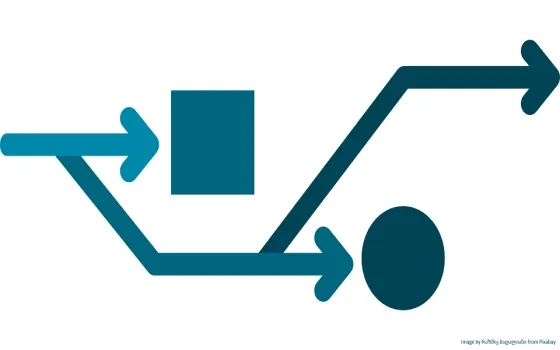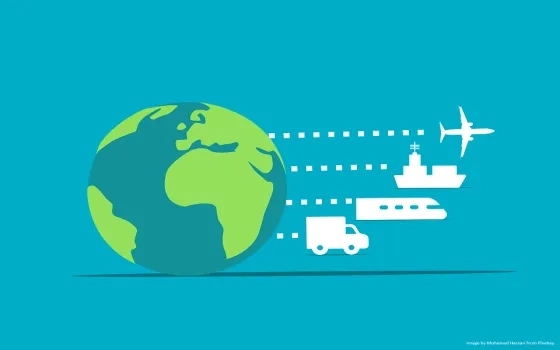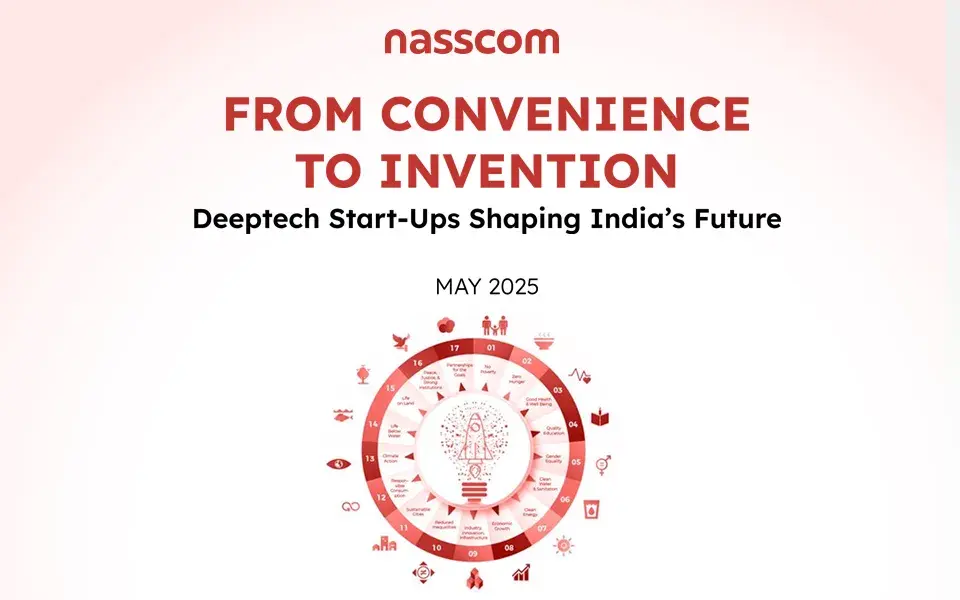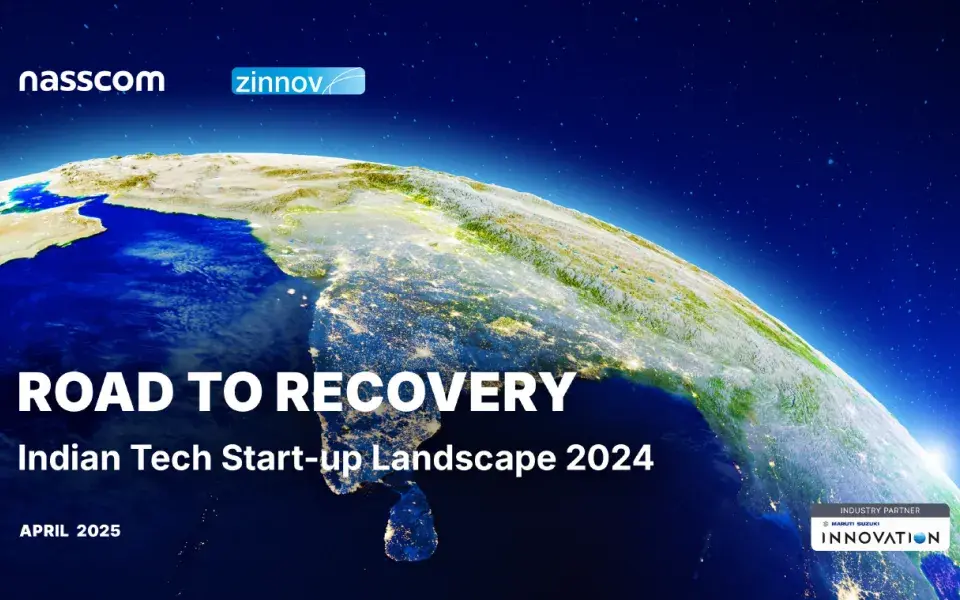Whenever a new category of service/product or technology is introduced in the market, the first question that pops up is always: How is it going to add value? While this is perhaps the most common question encountered in the IT industry, another significant one that lies before its developers is: How is it going to be sustained? We know this is a major question that keeps on hovering in and around the heads of innovators, developers and all key people involved in the process of creating and contributing something novel to the industry. One such evolution in the realm of technology that we are going to dig into and toss some coins of insight into is SaaS, that is to say, software as a service. The hype this has got in recent years is no less than ‘fanning the flames.’ SaaS in business technology and IT services hasn't looked back since its inception, and there are multiple viable reasons supporting it that businesses across diverse sectors have embraced it with open arms and still continue to do so. So, firstly, coming to - Does SaaS Truly Deliver on the Hype? The simple answer to this would be - Yes! And complementing this in a much better way, we can even say that SaaS solutions for businesses could be the next big yet most common thing we would be seeing ( as we are already) in the future. Let’s take a quick glimpse into the story of how SaaS solutions emerged before we dive into its conceptual detailing - The concept of Time, a time-sharing system, can be coined as the primary origin of the idea behind SaaS. It was popularised in the early 2000s when Marc Benioff ( founder of popular CRM platform, - Salesforce) started offering CRM solutions over the internet and that too by eradicating the need for on-premises installations. This can be called the Eureka moment in the industry, and there has been no looking back since then. Further, the model's rise was boomed by advancements in internet infrastructure, which enabled scalable, on-demand access to software applications via web browsers.
Characteristics Of Software as a Service
Scalability on top
Scalability is one of the inevitable characteristics found in the SaaS architecture. This is one of the most common reasons justifying the hype around SaaS in business technology, which, in more straightforward terms, translates to - if a business is using a SaaS-based software or a product, the software service can seamlessly handle the load of the increasing number of users based on demand without inculcating significant changes or causing a problem to the overall system architecture. It means that if your business and corresponding demand grow, the software grows without a hitch.
Priotarised data security
One of the essential features rendered by SaaS providers is that they always come with data security. Data security plays a prominent role in the development and deployment of SaaS solutions for businesses. SaaS providers are responsible for Data Security variables such as data encryption, access restrictions, and backups. Users no longer need to handle their data concerns.
Single Sign-On with Elastic Infrastructure
Enterprise systems based on the SaaS model often come with a single identity system, which typically means that the access and authorisation stem from the single /central directory. Another reason vouching for its benefits is that it saves the cost for enterprise users and also simplifies the process by providing single login credentials while maintaining multiple, which may go above the essential cost. This means Users can authenticate their current login system with a single sign-on feature and validate their system usage for each user involved in the next step. This can also be turned otherwise if business needs due to the Elatic infrastructure, which is similar to what we saw in scalability part. The software can contract and expand itself based on resource usage, ultimately, in the maximum control of the business/user.
Configuration and customisation
SaaS applications are kept open for traditional application configurations, which is primarily one of the many distinctive characteristics of SaaS models deployed for businesses.
A single user can alter the configuration parameters that give them a unique feel and look based on their predetermined parameters, wherein authenticated users can customise individual elements but cannot alter the whole page layout.
Subscription and usage-based billing
SaaS applications have gained significant popularity for many reasons, but what lies at the heart is the convenience with less hotchpotch that they provide compared to traditional on-premise systems. Subscription and usage-based billing are golden examples of the viability of such products in enterprise usability. As we stand on the cusp of the future of SaaS, this is yet another component of why emerging businesses would love to opt for a subscription-based model that handles and manages their certain operations without taking additional load by itself.
Accelerated feature delivery
At the beginning of this post, we discussed whether SaaS truly delivers on the hype. It would be very rare if the answer to this comes negative because, if we ask you as a business, what if we say we can integrate the features, systems, and integrations as per your choice, and that too comes within a single shelter? Yes, you read it right; the accelerated feature delivery is one such characteristic that makes the SaaS in business technology a ‘must have’ option over other resource-draining ones where possible. SaaS applications are capable of delivering APIs and integration protocols that operate efficaciously with the network of enterprise systems and make up for their inability to access internal systems, including databases, with the agile approach.
Multi-Tenancy Model
This is something that gives SaaS in business technology a lifeblood to survive in the long run or maybe eternal in the technology's future. By this, we can undoubtedly say it has already caught the pace and is here to stay. The multi-tenancy model in the rise of SaaS is a unique infrastructure capability of the software to serve and accommodate multiple tenants just through a single deployment.
What do SaaS Solutions for businesses look like?
CRM systems
These are cloud-based SaaS tools that automate marketing efforts and help businesses manage customer relationships, manage leads, and track sales.
ERP systems
These are integrated platforms used to streamline and automate core business processes such as finance, logistics/supply chain, manufacturing, and others.
Human Resource Management Systems
SaaS applications, such as HRMS, aid companies in managing employee records, payroll, and benefits, helping them with seamless and transparent recruitment management and associated processes.
Project management tools
Project management tools are considered amongst the most widely used and best SaaS tools employed across many medium—to giant companies. These tools help with planning, organising and boosting collaboration amongst teams to track and report their project performance and progress.
Learning management systems
An LMS as a SaaS application model is used for delivering educational based learning and training programs.
E-commerce platforms
One premium example of a SaaS-based e-commerce platform is Shopify. It allows users to create and manage their online stores with customisable options. However, Shopify development services can further help businesses elevate with personalisation by leveraging the best features and integrations of these cloud-based SaaS tools.
Conclusion
The whole concept of SaaS development and applications in software-as-a-service business technology revolves around the customer-centric approach. The rise of SaaS as a future of software delivery has been possible so far because of its entire persona in the digital world. It operates and integrates systems and features based on business and user demands to make it continuous and scalable in terms of usability. This is what and why to all—to claim it to be on the rising path towards the future of technology.



























